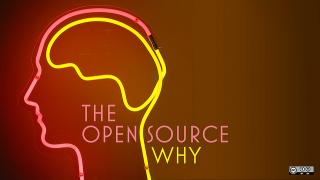Learning in a digital age/LiDA103/Dimensions of openness/FOSS
FOSS is widely used in today's digital world. For instance, the majority of web sites (86%[1]) are powered by open source web server software (Apache and Nginx). You may not realise that the Android operating system, with a market share of 88% (2015) on mobile devices is based on the Linux, open source operating system.
Purpose
It is important to be familiar with FOSS because of the following reasons:
- Savings: This knowledge could save you, family or friends considerable money from proprietary software licenses should you choose to use FOSS.
- Ethics: Knowledge of free software alternatives will reduce risks for individuals in using unauthorised copies of proprietary software especially for people who cannot afford licensing costs.
- Citizenship: recognising that FOSS users may not be able to open proprietary file formats, use proprietary fonts or submit files in proprietary formats.
The essential freedoms

- Freedom to use, that is the freedom to run the program, for any purpose (freedom 0).
- Help yourself which is the freedom to study how the program works, and adapt it to your needs (freedom 1). Access to the source code is a precondition for this.
- Help your neighbour that is, the freedom to redistribute copies without restriction (freedom 2).
- Help your community referring to the freedom to improve the program, and release your improvements to the public, so that the whole community benefits (freedom 3). Access to the source code is a precondition for this.
If any of these freedoms is substantially missing, then it is not free software. So for example, so called freeware, which is copyright software that you can download without cost but without access to the source code is not free software. (Free software should not be confused with "freemium" proprietary software which can be downloaded at no cost without access to the source code, thus restricting freedom to improve and redistribute the program.)
Examples of popular open source packages
- Operating systems: GNU/Linux operating system including many distributions, for example: Debian, Ubuntu, Linux Mint (see also list of Linux distributions).
- Browsers: Firefox, Chromium
- Office productivity: LibreOffice, Apache OpenOffice
- Graphics: Gimp, Inkscape
(Visit the Open Source Alternative site for more open source applications.)
References
- ↑ See for example, Usage of web servers for websites, published by W3Techs.
